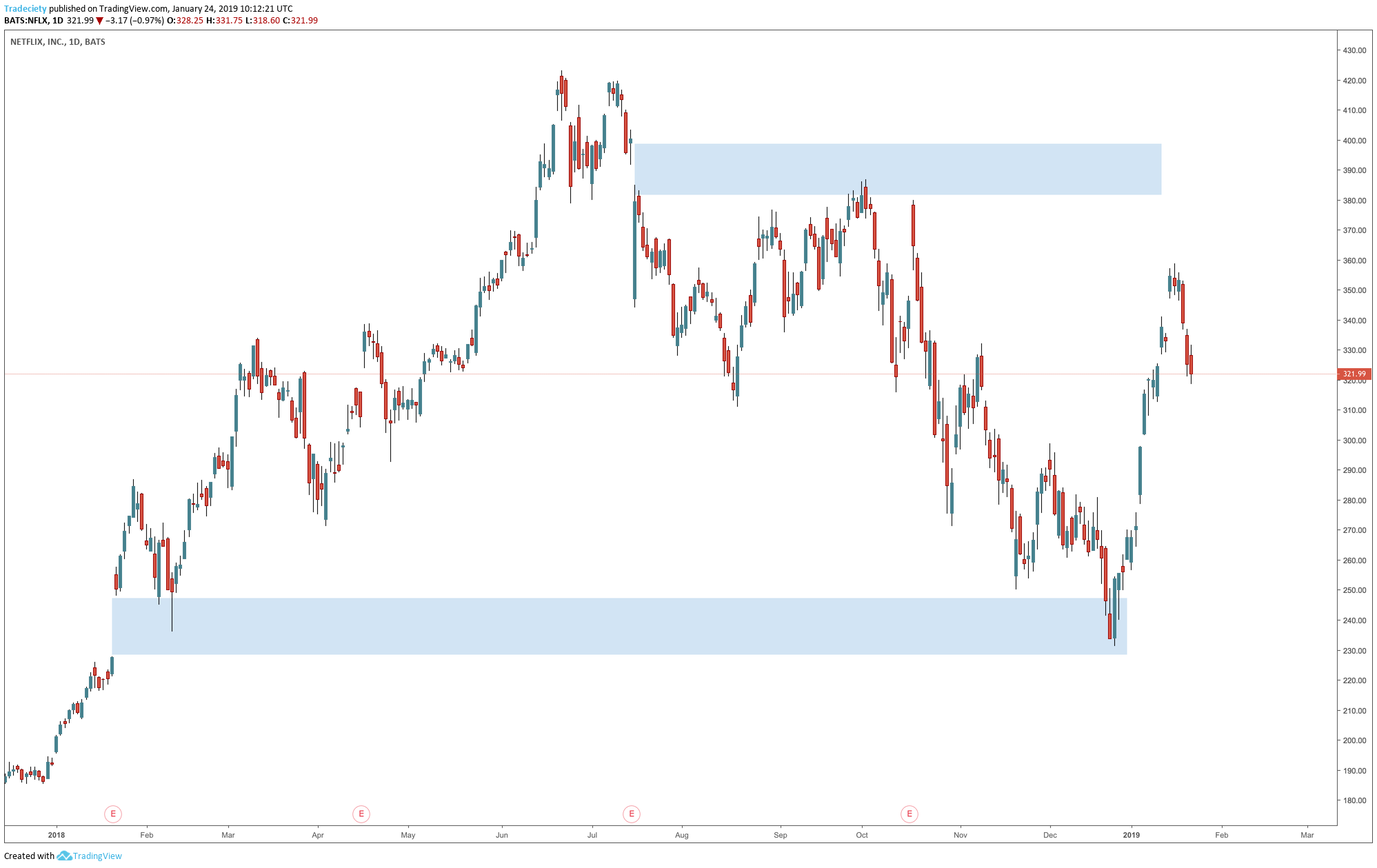I remember my first gap trade like it was yesterday. I had been watching this particular stock for weeks, and the price had been consolidating in a narrow range. But then, one day, the stock gapped up at the open, and I knew I had to get in on the action. I bought the stock at the open and sold it later that day for a quick profit.

Image: www.tradingfuel.com
Since then, I’ve become a big fan of gap trading. It’s a great way to capitalize on short-term price movements, and it can be a very profitable strategy for both stock and options traders. In this article, we’ll take a deep dive into gap trading, including a definition of a trading gap, types of trading gaps, how to identify and trade gap, and some tips for success.
Understanding Trading Gaps
Definition: A trading gap occurs when the opening price of a security is significantly different from the previous day’s closing price. This can happen for a variety of reasons, such as news events, earnings reports, or changes in market sentiment.
Types of Trading Gaps: There are four main types of trading gaps:
- Common Gap: A common gap occurs when the opening price is higher or lower than the previous day’s range, with no overlap.
- Breakaway Gap: A breakaway gap occurs when the opening price breaks through a resistance or support level, indicating a potential change in trend.
- Exhaustion Gap: An exhaustion gap occurs at the end of a strong trend, signaling that the trend is likely to reverse.
- Island Reversal Gap: An island reversal gap occurs when the opening price gaps away from the previous day’s range and then closes within that range.
Identifying and Trading Gaps
Identifying and trading gaps can be a profitable strategy, but it’s important to do your research and understand the risks involved.
To identify gaps, you can use a charting platform or a gap scanner. Once you’ve identified a gap, you need to decide whether or not to trade it. Some traders prefer to trade gaps that occur at the open, while others prefer to wait for confirmation from the market.
If you decide to trade a gap, you need to have a plan for managing your risk. This includes setting a stop-loss order and taking profits at a predetermined level.
Tips for Gap Trading Success
Here are a few tips for successful gap trading:
- Do your research. Before you trade any gap, make sure you understand the underlying security and the factors that may have caused the gap.
- Have a trading plan. Before you place a trade, have a plan for managing your risk and taking profits.
- Be patient. Gap trading can be profitable, but it’s important to be patient and wait for the right opportunities.
- Manage your risk. Always set a stop-loss order when you trade a gap, and take profits at a predetermined level.

Image: in.pinterest.com
Gap Trading For Stock And Options Traders

Image: tradeciety.com
Closing Thoughts
Gap trading can be a great way to capitalize on short-term price movements, but it’s important to understand the risks involved. By following the tips outlined in this article, you can increase your chances of success when trading gaps.
Are you interested in learning more about gap trading? Leave a comment below and let me know.
FAQ
What is a trading gap?
A trading gap occurs when the opening price of a security is significantly different from the previous day’s closing price.
What are the different types of trading gaps?
The four main types of trading gaps are common gaps, breakaway gaps, exhaustion gaps, and island reversal gaps.
How do I identify trading gaps?
You can use a charting platform or a gap scanner to identify trading gaps.
How do I trade gaps?
Once you’ve identified a gap, you need to decide whether or not to trade it. If you decide to trade a gap, you need to have a plan for managing your risk and taking profits.






